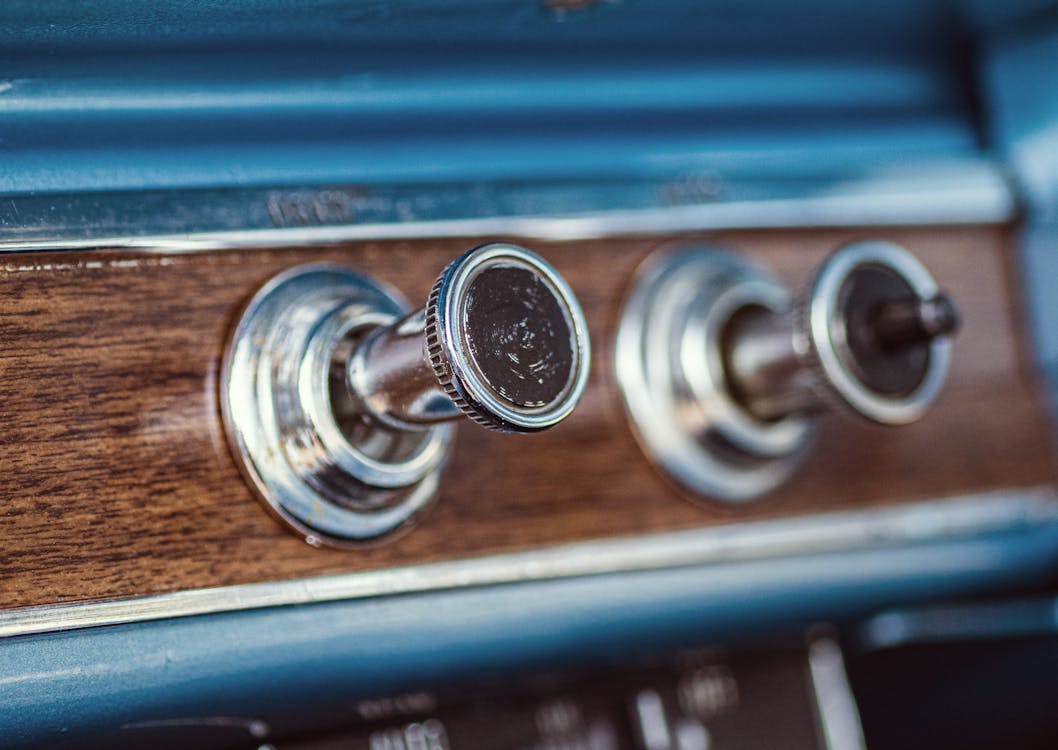The Tactile Trend: Buttons in Car Design Return
The Tactile Trend: Buttons in Car Design Return
Blog Article

For the past years, cars and truck insides have actually been swiftly advancing towards sleek, screen-dominated control board. Touchscreens changed standard knobs, sliders, and switches in what lots of assumed was the unavoidable march of progress. Yet, in an unanticipated twist, physical buttons are quietly making their way back right into modern lorries. The shift signals more than simply a nostalgic nod-- it's a feedback to real-world responses from vehicle drivers yearning simplicity, safety, and tactile contentment.
The Digital Overload Dilemma
When touchscreens initially started taking control of control panels, they felt like the future: clean, personalized, and packed with features. They got rid of clutter and permitted car manufacturers to simplify their insides with less physical elements. Yet as more features were buried within electronic menus, vehicle drivers started to voice issues.
Touchscreens frequently need several actions to perform basic tasks like adjusting the climate or changing the radio station. Unlike buttons, they do not have the instinctive muscle memory that permits a driver to change a setup without taking their eyes off the roadway. With a lot occurring on-screen, it comes to be all also very easy to get distracted-- something no one wants when taking a trip at freeway speeds.
The Return of Tactile Functionality
One of the biggest benefits of buttons is their tactile responses. You can feel them without needing to look. This sensory reinforcement makes them not simply practical but safer for vehicle drivers. When your hand naturally knows where the quantity knob is or how much to push a switch to trigger the defrost, it reduces the demand to glimpse down or far from the road. And while touchscreens offer ease for infotainment and navigating, the important daily features-- like risk lights, audio controls, and HVAC-- really feel much better matched to physical controls.
As a matter of fact, several chauffeurs that previously advocated electronic systems have actually revealed admiration for newer versions that blend contemporary visual appeals with the sensible feel of standard controls. It's not concerning declining technology-- it's about improving use.
A Balanced Design Philosophy
Designers have paid attention to this changing view. Instead of abandoning screens, they're reconsidering just how they're integrated. The most effective insides currently strike an equilibrium between digital flexibility and analog precision. That indicates purposefully positioning switches for essential functions while using digital interfaces for applications, navigating, and media.
This hybrid strategy is particularly popular in vehicles designed for long-distance driving or families. The ease of pressing a switch without screwing up via a food selection makes a huge difference when you're trying to remain focused, comfy, and secure. Also in cars known for advanced tech, a straightforward rotating dial or tactile control can be the feature that gains vehicle drivers trying to find thoughtful style.
Buttons and the Emotional Connection
There's also something distinctly psychological about switches. more info They bring a specific level of involvement that touchscreens just do not duplicate. Pushing a switch or turning a dial seems like you're physically engaging with your automobile-- it adds a layer of link that makes the driving experience more pleasurable.
For those considering used Chevy cars, lorries from recent years commonly offer the very best of both globes: receptive touch interfaces paired with traditional physical controls. These versions bridge the gap in between development and knowledge, making them perfect for motorists that value modern-day features without sacrificing simplicity of use.
Innovation Isn't Just About Screens
It's very easy to merge modern technology with displays, but true innovation implies enhancing the motorist experience. In this light, switches are a type of clever layout. They're quickly, exact, and don't demand attention. As automotive design becomes increasingly driver-centric, convenience and intuitiveness take center stage.
This additionally connections straight right into the resale and trade-in worth of automobiles. Cars and trucks that focus on easy to use functions have a tendency to age far better in the eyes of future customers. If you're thinking about a Chevrolet trade in, knowing that your existing car offers an attentively developed inside, complete with conveniently available controls, can have a favorable effect.
The Future Is Functional
As car suppliers re-evaluate the role of user interfaces in the cabin, they're guided by motorist feedback and real-world use studies. The renewal of switches does not signify a return to the past-- it's a progression in thoughtful, user-first design. It acknowledges that progression doesn't always indicate removing the old but integrating it in such a way that makes driving more secure, simpler, and much more delightful.
If you're in the marketplace and exploring Chevy new car deals, keep an eye on exactly how different designs manage their interior controls. It's not just about the touchscreen size-- it's about how the vehicle helps you remain concentrated on the road while making your everyday commute much more intuitive. Buttons might not be the flashiest attribute, yet they're promptly turning into one of the most appreciated.
For even more understandings into automotive trends, interior decoration advancements, and wise automobile shopping pointers, make certain to inspect back on a regular basis. We're always updating the blog site with fresh ideas to aid you browse the road in advance.